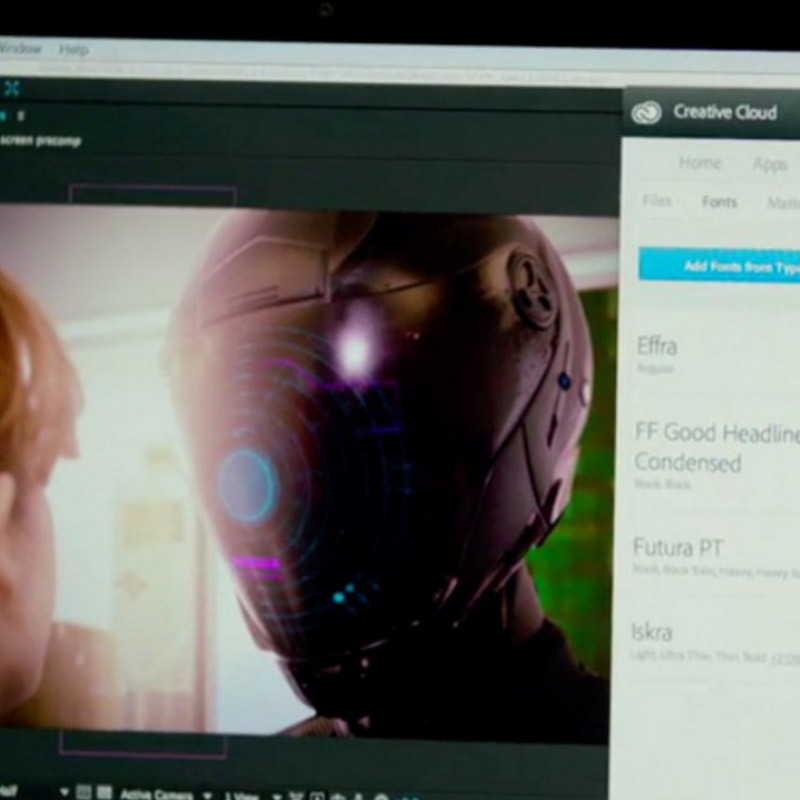The Age of HTML5 Ads

As the de facto authority of the digital ad space, it holds some serious weight when the IAB acknowledges the demise of Flash and declares HTML5 as its successor.
Enjoy a preview of the IAB’s latest announcement below:
As September approaches, Ad Tech world has one more thing to look forward to besides fall colors—HTML5. Just as the daylight hours shorten and veins that carry fluids to the leaves are blocked off, browsers are turning on power saver plugins that will further diminish the audience for flash—giving way to a new canvas to paint with HTML5 Ads. It will usher in a new era of media rich and responsive ad units that will be seamlessly served across devices, platforms and browsers.
Since the publication of WHATG Living Standard for HTML5 in 2012, publishers have been migrating to HTML5. Today, only about 10% of all websites use Flash for client side technology. IAB has provided support to the industry in this transition through best practices guidance via HTML5 for Digital Advertising: Guide for Ad Designers and Creative Technologists and by making HTML5 a cornerstone for Make Mobile Work initiative. But the pace of change has never been faster and the resolve to push this transition has never been more intense. Since the W3C’s release of HTML5 as stable recommendation in October 2014, IAB Display Creative guidelines Workgroup has been testing a diverse range HTML5 ad units for load performance and optimization.
To read the full post, please click here.









Comments